Instruments Guitar Parents Elvira Dijak Role Musician | Name Drazen Ricl Years active 1985–1986 | |
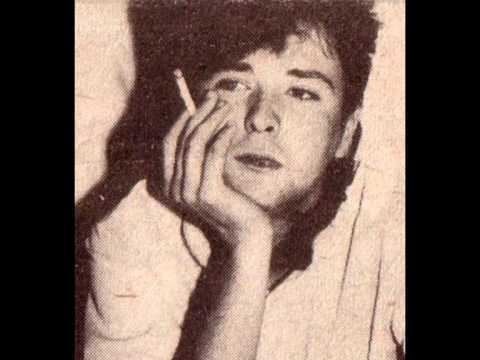 | ||
Similar People Aljosa Buha, Drazen Zeric, Darko Jelcic, Niksa Bratos, Mario Vukusic Similar Aljoša Buha, Darko Jelčić, Nikša Bratoš Died 1 October 1986 (aged 24) Belgrade, SR Serbia, SFR Yugoslavia Nationality Bosnian | ||
Dra en ri l dokumentarac
Dražen Ričl (12 March 1962 – 1 October 1986) was a Yugoslav rock musician, best known as the first lead vocalist of popular Sarajevo-based rock band Crvena jabuka.
Contents
- Dra en ri l dokumentarac
- Dra en ri l umrije u no as od ljepote
- Biography
- With Crvena Jabuka
- Death
- Elvis J Kurtovi His Meteors
- Crvena Jabuka
- Songs
- References
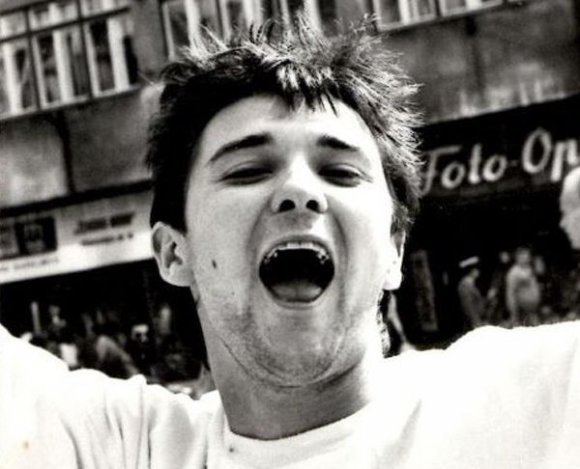
Dra en ri l umrije u no as od ljepote
Biography
Ričl was born in Sarajevo to Czech father Ferdinand Ritchel and Bosniak mother Elvira. He grew up in the small city's Koševo neighborhood where he was known by nicknames Para and Zijo. Upon finishing musical high school, he started studying journalism at the University of Sarajevo, where he met future fellow musician Branko Đurić. Soon, Zijo left the studies to start playing his first band Ozbiljno pitanje (Serious Question). The band also featured Zlatko Arslanagić, future co-founder of Crvena Jabuka. Soon afterwards, Ričl joins one of the greatest attractions of the New Primitives movement, Elvis J. Kurtović & His Meteors and, meanwhile, acts as one of the leading actors in the first season of the popular absurd comedy TV series Top lista nadrealista, which was also created as a part of the New Primitives movement.
With Crvena Jabuka
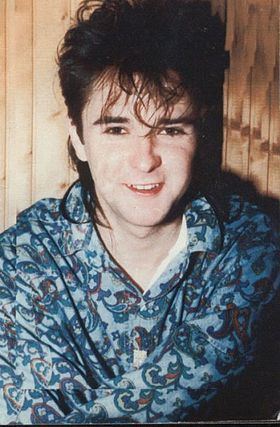
At the beginning of 1985, Ričl leaves Elvis J. Kurtović & His Meteors to join forces with Arslanagić once again, this time forming a band Crvena jabuka (Red Apple, the name making a reference to The Beatles). Aljoša Buha, Dražen Žerić Žera and Darko Jelčić Cunja have all joined the band in the next several months and they started rehearsing in the attic of Arslanagić's house. In 1986, the band released its self-titled first album, that quickly gained immense popularity. Ričl and Arslanagić, as the leading authors, have combined the rudeness and simplicity of New primitivism with the romantic themes, characteristic of the bands they have considered their predecessors, such as The Beatles and Indexi.
Death
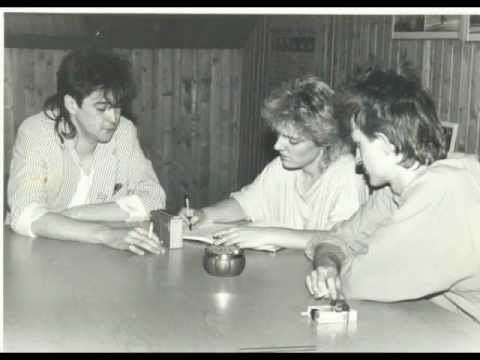
Following the summer of 1986, the band scheduled the tour that was meant to confirm their remarkable popularity. The first concert of the tour was scheduled for 18 September 1986 in Mostar, and the members of the band traveled from Sarajevo in two cars. Ričl, Arslanagić and Buha were in Arslanagić's Fiat 600. The car crashed directly into a truck on the road near Jablanica. Buha died instantly, and Ričl was transferred to Belgrade, where he was in a coma, until he died, 1 October 1986. Arslanagić had survived the accident and, following a severe depression, continued to work with the remaining members of the band. Fellow musicians across Yugoslavia paid tribute to the victims of the accident and organized concerts in memory of the lost members of Crvena jabuka. After a year, the surviving members of the band began to work on their second album Za sve ove godine, which was created as an homage to Ričl and Buha.
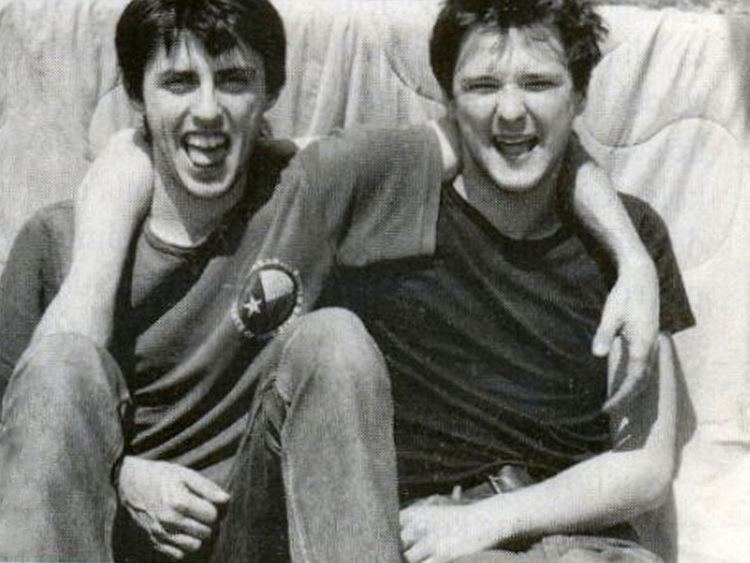
Ričl was buried in the Bare cemetery in Sarajevo.
Elvis J. Kurtović & His Meteors
Crvena Jabuka
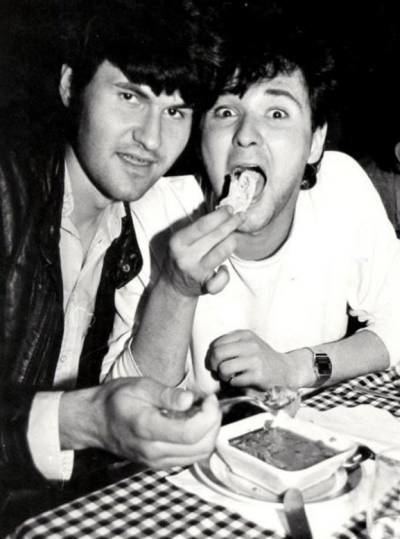
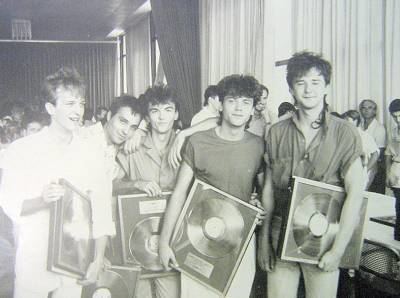
Songs
Bježi kišo s prozoraCrvena jabuka · 1986
Nek' te on ljubiCrvena jabuka · 1986
DirlijaCrvena jabuka · 1986
